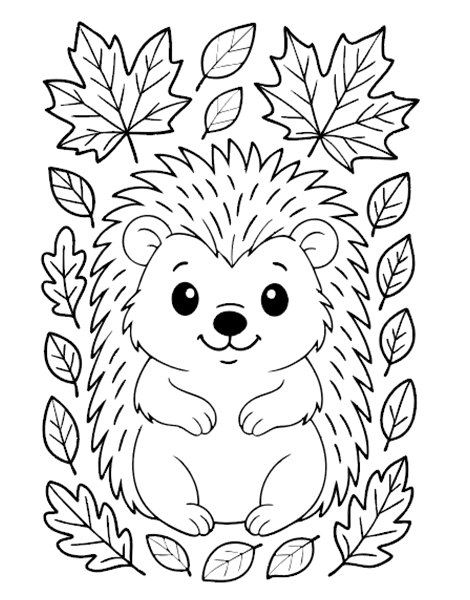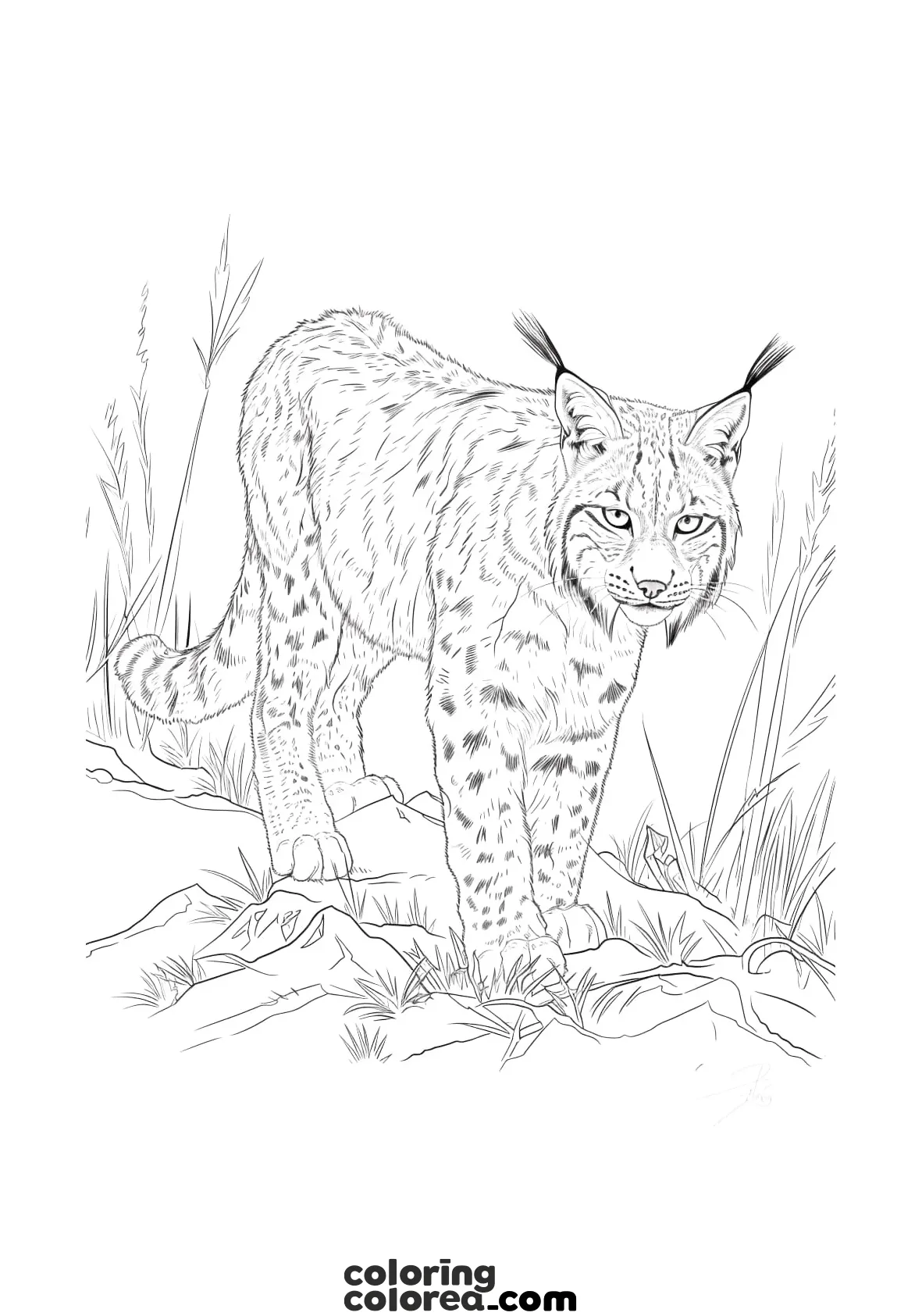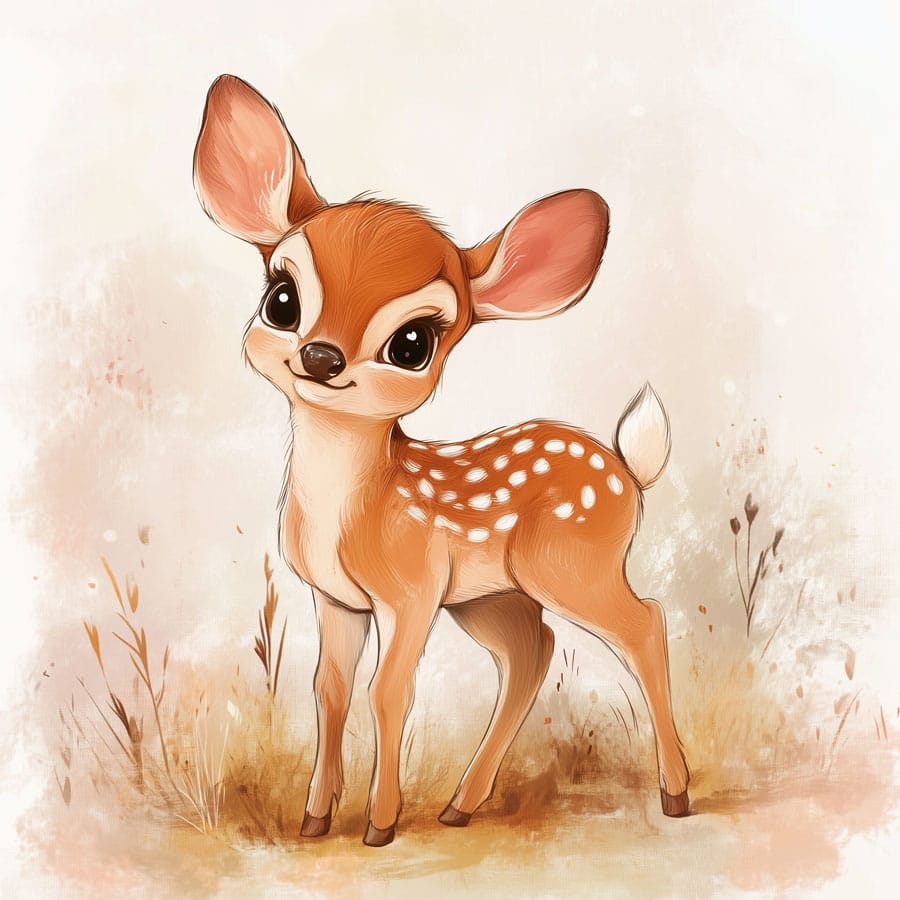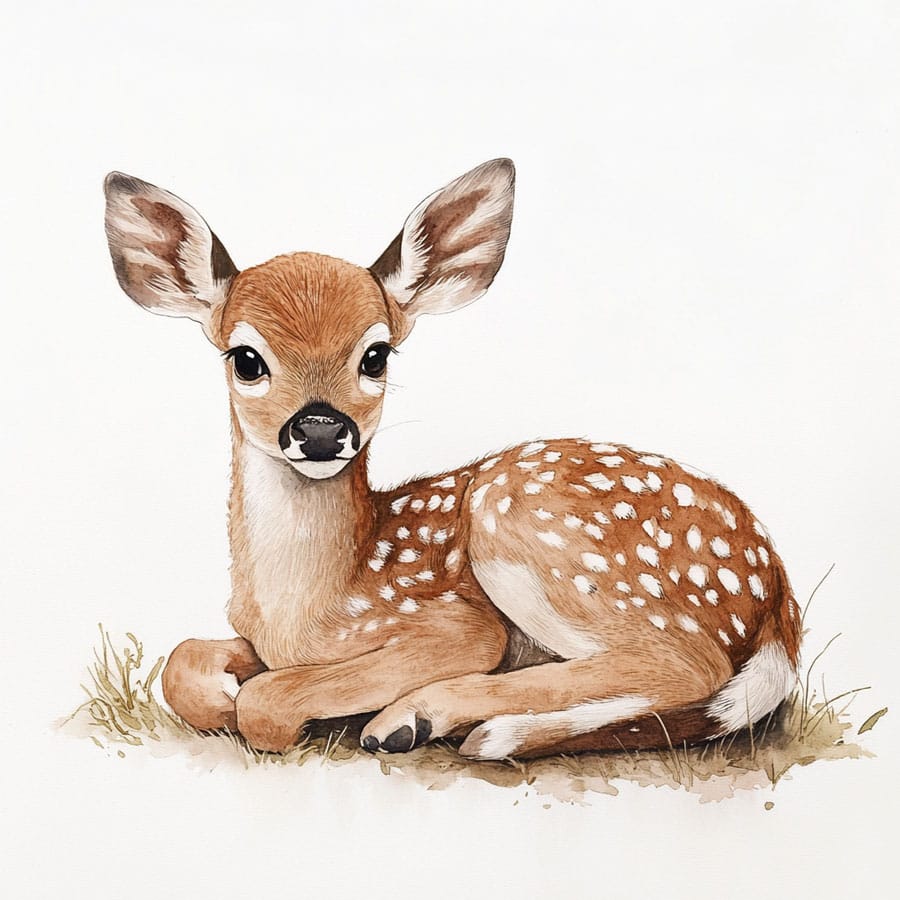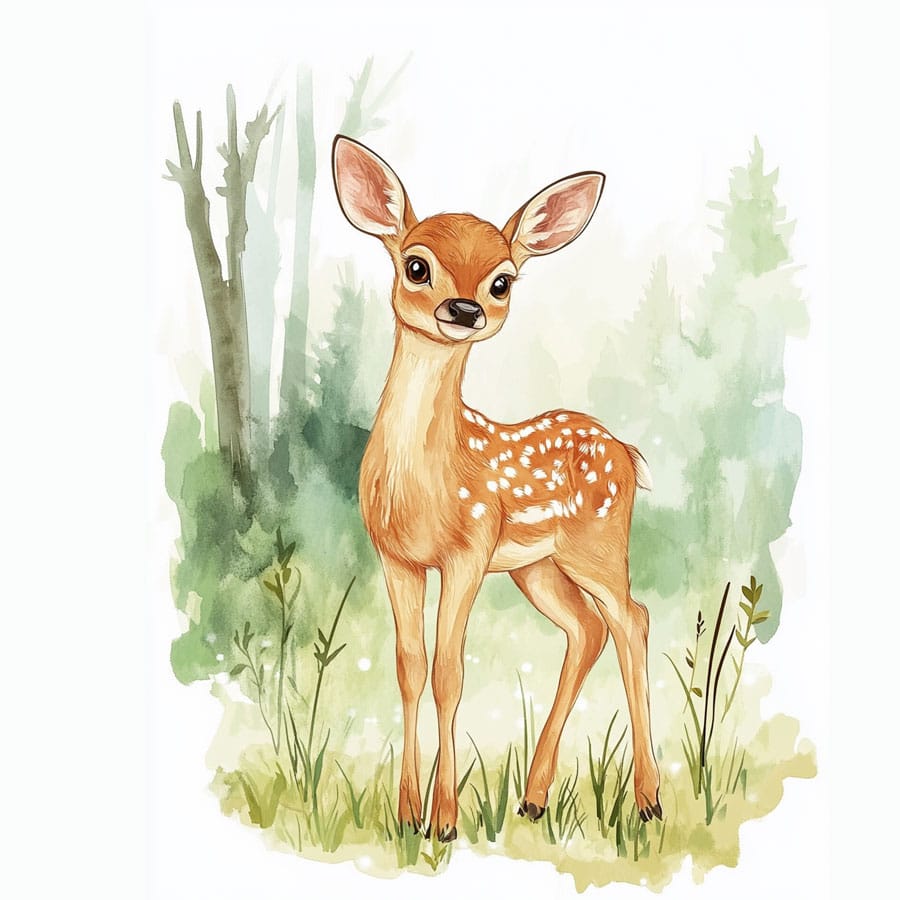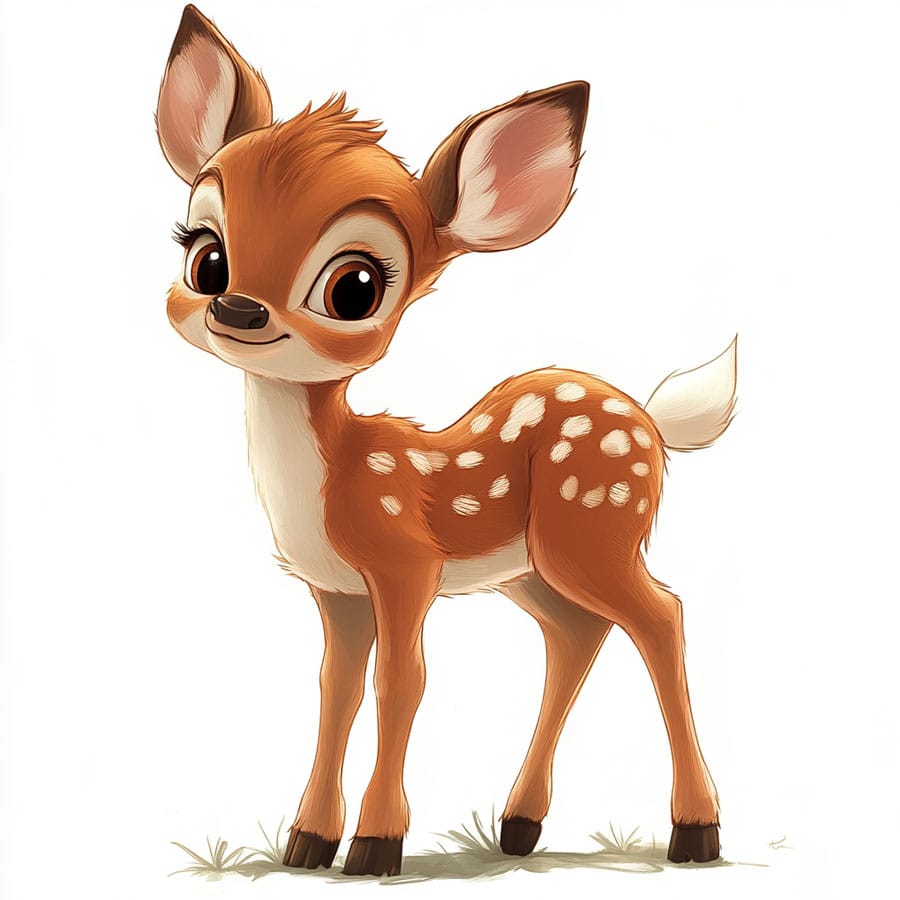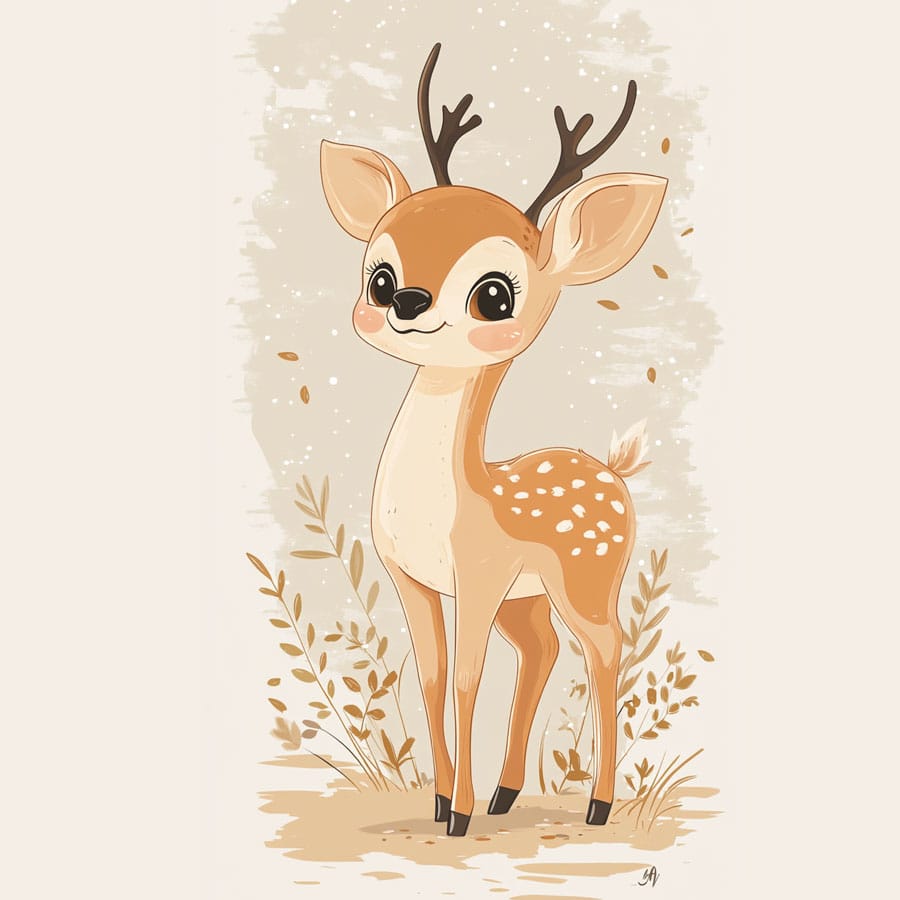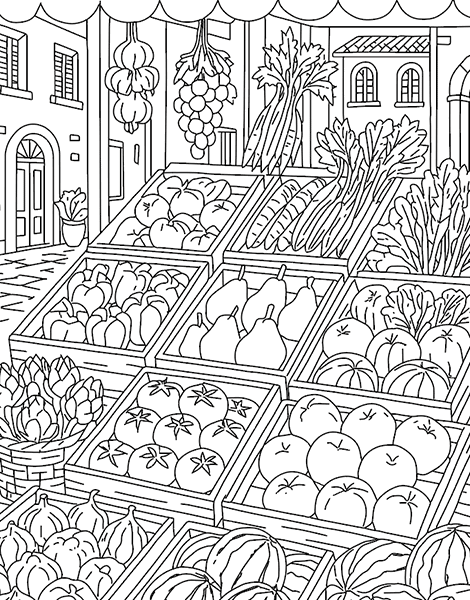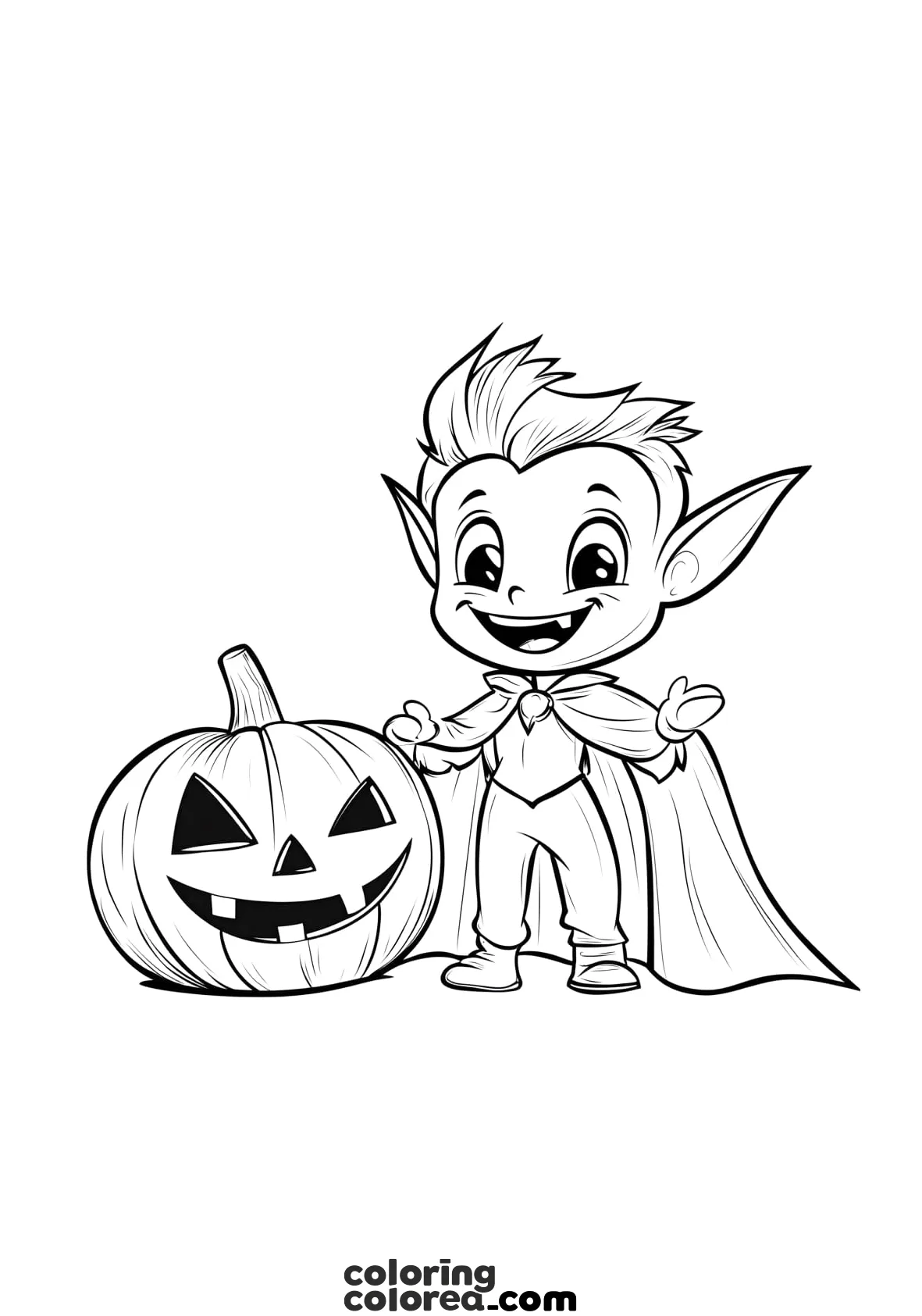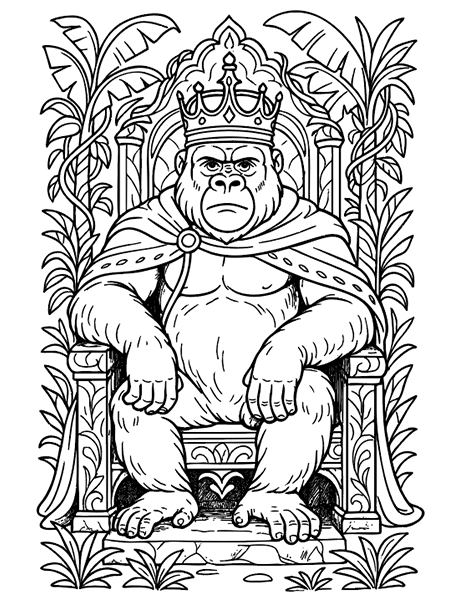Ideas and tips for colouring the fawn:
For the fawn, soft browns and beiges are ideal to mimic the typical colors of these animals in nature. You can start with a light brown base layer for the entire body and then add darker shadows on the legs, back, and around the eyes. The characteristic spots of young deer can be highlighted with a lighter color, such as cream or white.
The forest setting offers a great opportunity to experiment with greens and browns. The leaves of the trees and the plants surrounding the fawn can be colored in various shades of green, ranging from light green for younger leaves to dark green for those in shadow or more mature. Don’t forget to add some brown or gray on the ground and tree trunks to complete the forest setting.
Colouring techniques:
- Shadows and light: Add shadows on the legs and under the fawn’s body to give more depth to the drawing. A darker shade of brown or gray can work well for the shadowed areas.
- Fur details: Use short, soft strokes to create a fur texture on the fawn. This can be done with a darker colored pencil over the base layer to add texture.
- Natural environment: For the trees and plants, try using different shades of green and add some shadow under the leaves to give the sense of a lush forest.
The fawn, with its sweet expression and delicate body, seems to be enjoying the peace of the forest. Scenes like this are common in children’s stories and films, where the forest symbolizes both a refuge and a place of discovery. In nature, fawns stay close to their mothers and explore their surroundings while learning to fend for themselves. This drawing perfectly captures that innocence and curiosity, offering a wonderful opportunity for children to explore both art and the natural world.
Educational fun fact:
Fawns, like the one shown in the drawing, are born with white spots on their fur, which help them blend into their surroundings while they are young and vulnerable. As they grow, these spots fade, and their fur becomes more uniform. In the animal kingdom, this coloration pattern is an evolutionary strategy that allows them to hide from predators while staying still in the forest.

